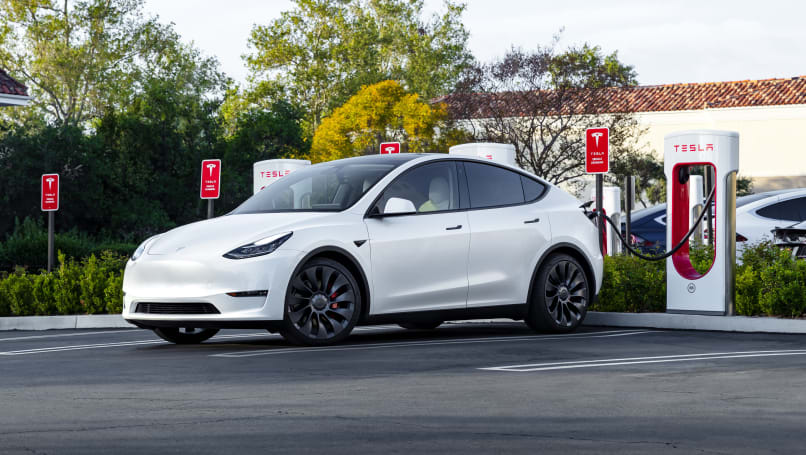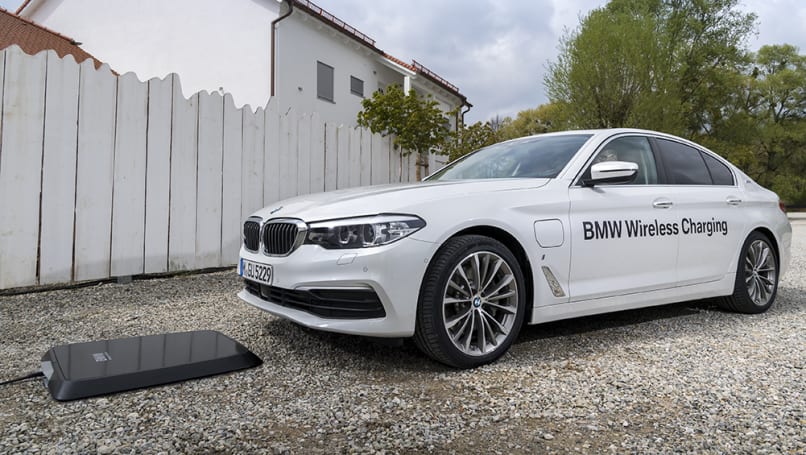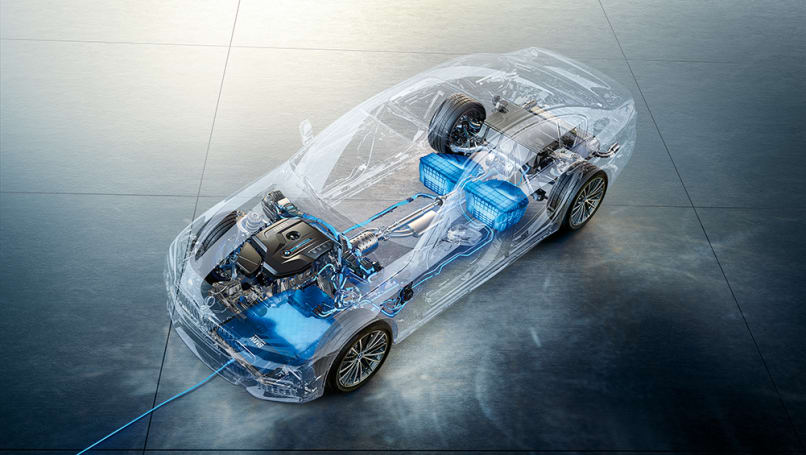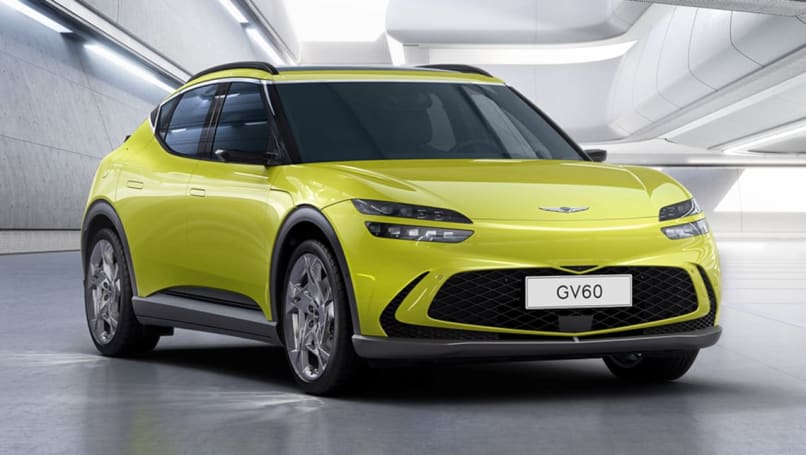
Is it illegal to lie down on the back seat of a car while it's being driven?
Is it illegal to lay down in the back seat of a car while driving? Yes, it is...
Browse over 9,000 car reviews

Aside from the umbilical type - which do seem quite necessary - cords and cables are usually a pain, either getting in a tangle, fraying and refusing to work properly, or providing an opportunity for you to trip over something.
The invention of the wireless phone charger has been a godsend for cable haters, and now electric vehicles - often referred to as smartphones on wheels - are about to benefit from similar tech that allows phones to get juiced up, cable-free.
Wireless charging for electric vehicles, also known as “inductive charging”, is a system that uses electromagnetic induction to transfer power wirelessly, with the car needing to be near a charging station or inductive pad to receive the electric charge.
Charging electric cars is typically done using a cable that can receive either alternating current (AC) or direct current (DC) electricity.
Level 1 charging is typically done via a domestic AC power socket that offers between 2.4-3.7kW of power, which equates to taking between five and 16 hours to fully charge a battery (per hour of charging, you’ll be getting 10-20km of driving range).
Level 2 charging is done via either a domestic or public AC wallbox charger that offers 7kW of power, which equates to 2-5 hours to fully charge a battery (per hour of charging, you’ll be getting 30-45km of driving range).
Level 3 charging is done via a DC fast charger at a public EV battery charging station. This offers around 11-22kW of power, which equates to taking 20-60 minutes to fully charge a battery (per hour of charging, you’ll be getting 250-300km of driving range).

Level 4 is super-fast charging done at a public DC charging station for electric cars. This offers around 120kW of power, which equates to taking 20-40 minutes to fully charge a battery (per hour of charging, you’ll be getting 400-500km of driving range).
There’s also ultra-fast charging public charging available, where 350kW of power can get a battery charged in 10-15 minutes, and deliver a staggering 1000km of driving range per hour.
All of the above methods require you to connect a reasonably cumbersome charging cable - not ideal for the elderly or differently abled - with the major benefit of wireless charging technology being that you don’t even have to step out of your EV.
Experiments involving induction power transfer date all the way back to 1894, but modern advancements only really began with the formation of the Wireless Power Consortium (WPC) in 2008, with a number of other organisations focused on wireless charging having formed since then.

High-power inductive charging, which involves wirelessly charging batteries at a power level above 1kW, is used for EVs, although power levels can be jacked up as high as 300kW or more.
Although car manufacturers and other companies have been developing wireless charging tech for vehicles over the last couple of decades, the first notable rollout of it was when BMW began an inductive charging pilot program in Germany in 2018 (expanding to the US in 2019) for its 530e plug-in hybrid electric vehicle (PHEV), with the tech winning the auto giants a ‘Green Car Technology of the Year’ award in 2020.

UK company Char.gy - which has set up a network of lamp post charging points that use conventional cables around Britain - is currently trialling 10 wireless charging pads installed in parking spaces across the county of Buckinghamshire, with wireless EV charging achieved by parking a car over an inductive charging pad.
The only slight problem is the fact that no current EVs have the inductive-charging pads needed for wireless charging, meaning that retrofitting is required to take advantage of the technology.
This will, of course, change in time, with the 2022 Genesis GV60, for example, having wireless-charging hardware fitted, but only for the Korean market, for the time being at least. Genesis claims the SUV’s 77.4kWh battery can be charged to full in six hours, as opposed to 10 hours from a conventional wall charger.

US charging company WiTricity is behind the hardware, and Genesis GV60 drivers will have to buy a charging pad to be fitted to their garage floor at home.
US company Plugless Power is also unveiling an inductive EV charger in 2022 that can transfer power over a distance of 30cm - a handy feature for taller vehicles like SUVs. Fitting the charger to an EV and home installation of the charging equipment will come at a cost of $US3,500.
The most exciting tech under development, however, is safe wireless charging while driving, meaning you don’t have to stop your EV to charge, let alone get out of it.
This is achieved by embedding inductive chargers inside the road the EV drives on, with the extremely futuristic tech currently being trialled in places like the US, Israel and Norway, and sure to be a boon once the age of autonomous driving is ushered in.
Comments